Weatherstripping is an essential aspect of garage door maintenance that may help you save money on your energy bills by keeping your garage at a suitable temperature.
Even if you’ve installed garage door insulation, garage door weatherstripping is more vital than you believe, especially if your garage is linked to the house. To quickly complete the insulation process, you can use a spray-form insulation kit.
Chilly air can enter the garage without it while warm air escapes, causing your energy bill to soar. Weatherstripping is necessary even if your garage is not linked to your home.
The air from the outside is usually humid, which might harm the equipment and gear you keep in your garage.
Methods To Weatherstrip A Garage Door
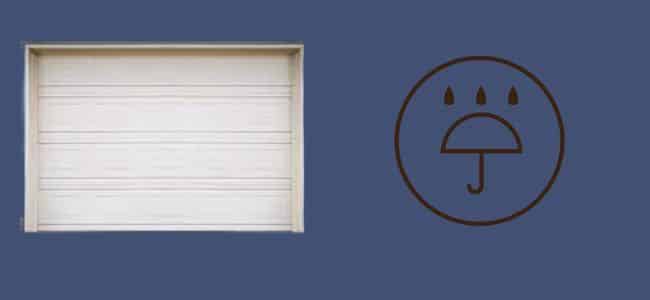
Weatherstripping is an essential aspect of garage door maintenance that may help you save money on your energy bills and keep your garage living space.
Even if you’ve installed garage door insulation, garage door weatherstripping is more vital than you believe. Cold air may enter the garage without it, and warm air can exit, driving up your energy expenditure.
Weatherstripping is necessary even if your garage isn’t linked to your home. The outside air is usually wet, which might harm your garage’s tools and gear:
- To determine how much garage door weatherstripping you’ll need, measure the door’s width, height, and thickness.
- Purchase door sweep, side seals, and top trim strips slightly more extended than these dimensions so that you may cut them to fit.
- First, you must lift the garage door to a reachable height. All you’ll be doing at this stage is taking measurements. Calculating how much weatherstripping you’ll need to cover the door’s edge is crucial.
- If the door has a gasket fastened, use a screwdriver to back out the screws and remove the gasket. Don’t use too much power, or you’ll peel the screws.
- Take your time and ensure you are using the correct screwdriver head. Then, to avoid damaging the garage door, carefully back out the screws.
- Install the replacement gasket with care. Replace the old gasket with the new one in the previously held bracket. It should be a tight fit.
- This should go ahead without a hitch. Replace the screws carefully but firmly, then replace the old gasket with the new one. If you don’t have to, don’t make new screw holes. This will put your garage door in jeopardy.
- After all the screws have been replaced and the garage door weather seal has been trimmed to fit precisely, test the garage door to ensure that it opens and shuts appropriately with the new weather seal.
1. Garage Door Bottom Seal
It, also known as a door sweep, is a long strip of rubber or vinyl attached to the bottom edge of the garage door. The material compresses and plugs the space along the floor when the door shuts. This keeps water, dirt, insects, and various other things out.
- A garage door bottom seal (also known as a door sweep) is a long rubber, or vinyl strip that clings to the bottom edge of the garage door.
- As the door closes, the flexible material contracts, covering the gap along the floor and keeping water, dirt, freezing breezes, and animals out.
- It’s time to repair the bottom seal if you can see daylight beneath the bottom of the door while it’s shut. You could notice a draft or see the water if the door outside is moist.
- Roofing nails usually galvanized or aluminum, are used to install them.
- A U-shaped rubber gasket, commonly referred to as a T-style or astragal seal, is found on the bottom of most metal garage doors.
- The gasket slots into two little grooves on the channel for installation. A metal gasket channel may be installed into a wood garage door to use this gasket.
- Aside from their simplicity of installation, U-shaped gaskets are unique in that they come in varying heights.
- This method can quickly fill significant gaps caused by sinking or damaged garage floorboards.
2. Garage Door Threshold Seal
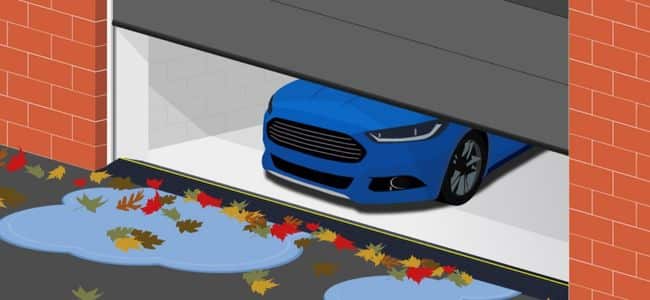
Like the bottom seal, a threshold seal is attached to the floor rather than the door. It can be used independently or in tandem with a door seal. A threshold seal is usually advised when your driveway slopes toward a garage. However, remember that this isn’t the best seal to use if you prefer to hose off your garage because it might prevent water from flowing out. Make sure to get the best garage door threshold seal for all the weathers out there.
- Thresholds can be used alone or with a door seal in step one. Thresholds typically keep surface water out of a garage when a driveway slopes down.
- They may also be used to fill up a significant gap beneath a door. A high-quality vinyl threshold seal can outlast a door seal.
- It’s held in place with an adhesive with the threshold. Remember that points prevent water from running out of a garage and in.
- This can be inconvenient if you want to spray off your garage. A barrier also makes it more challenging to brush dirt and debris out of the garage.
3. Garage Door Stop Weatherstripping
This might be a beneficial seal if you’re worried about rain and wind entering your garage through the sides of your garage door. If your door stops don’t have rubber or vinyl weatherstripping, you can replace it with new weatherstripping. If you need to replace your weatherstripping, make sure it’s placed against the door for a tight seal.
- The garage door’s sides and top allow wind and rain to enter.
- Regarding wood doors, rubber or vinyl weatherstripping is commonly employed. To avoid this, stop molding attached to the door frame and almost reach the door’s front face.
- Replace the weatherstripping on your garage door if it doesn’t have it or if it’s old, broken, and no longer seals against the door.
- Use a utility knife to cut new weatherstripping into lengths. Galvanized nails or screws are used to bind them together.
- The weatherstripping flange should push against the door to create a strong seal.
4. Vinyl Door Stop With Integrated Weatherstrip
You’ll need a doorstop molding with weatherstripping if you need to replace your door stops. It’s commonly constructed of vinyl, with a single-piece molding strip and weather-seal flange. When using this, make sure you position the molding first.
- Doorstop molding with weatherstripping is an excellent option for doors with old, decaying, or broken door stops.
- Typically made of vinyl, this specialty stop molding is made of a single piece with a wood-look molding strip and a flexible weather-seal flange.
- It is easily installed using galvanized or stainless steel siding nails and cuts with a saw.
- Align each piece with the door face, press the molding toward the door, gently squash the weatherstrip flange, and nail the molding to the door jamb.
- It’s best to install the top molding first, then overlap the ends of the top molding with the side stops.
5. Garage Door Panel Weatherstripping
If you have ancient wood doors with flat-edged panels, this could be the proper seal for them. It’s easy to use because you only have to stick it to each panel’s top or bottom edge. The panels compress the weatherstripping as the door closes, resulting in a more secure seal.
- Fill gaps between each garage door panel with V-shaped weatherstripping.
- This is particularly helpful on older wood doors with flat panel edges. (Newer metal and fiberglass doors often interlocked edges to prevent air infiltration.)
- Weatherstripping is available in rolls for self-adhesive door panels. Sticking it to the top or bottom of each panel is all required.
- When the door is shut, the panels compress the weatherstripping to make a tight seal, similar to how weatherstripping is used on residential entry doors. Moreover, you can have an air compressor for your garage under your budget.
After weather stripping, do put a smart lock with good water-resistant features to completely protector garage doors from different weathers. You should also install a garage alarm integrated with your garage automation syatem.
Final Talk
Weatherstripping protects the inside of your garage from flooding while also increasing the overall insulation of your property. Weatherstripping keeps cool air throughout the heat. Weatherstripping keeps water and rain out while keeping the home’s internal temperature stable throughout the winter. It helps to improve garage door security.
While we should seal the door linking the garage to the home’s main living area, correctly fitted weatherstripping around the outer garage door may considerably decrease the chance of energy loss. Furthermore, the garage door’s bottom will not scrape against the concrete or pavement, preventing premature wear on the door and the floor.

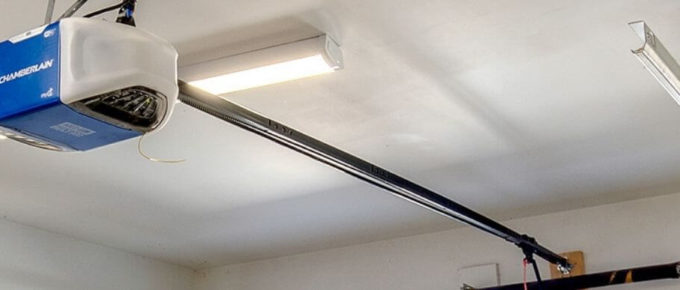
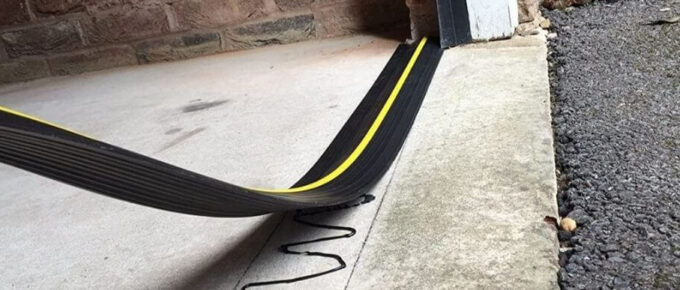
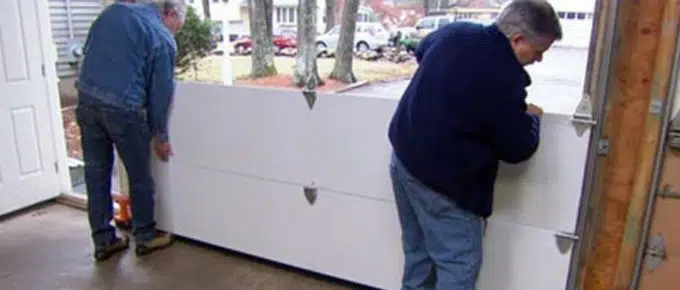
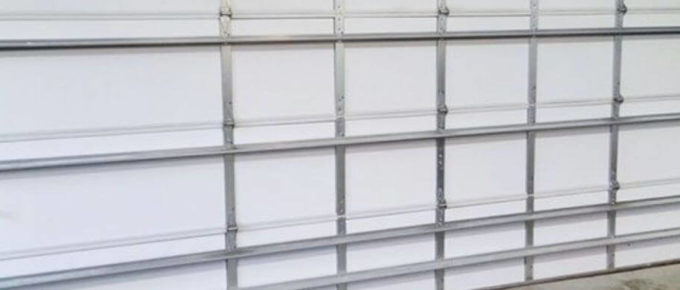
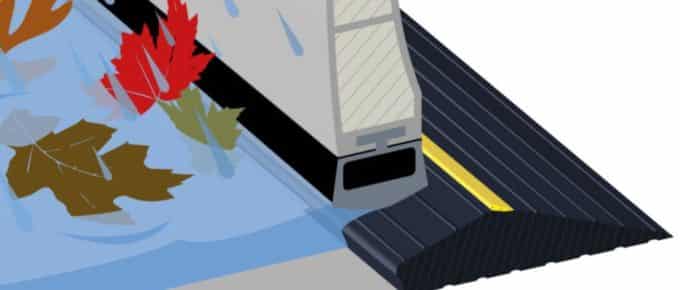
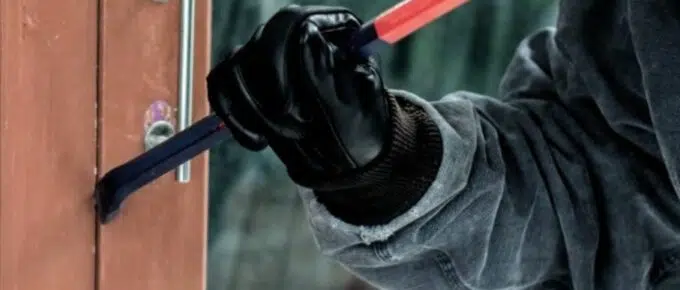
Leave a Reply